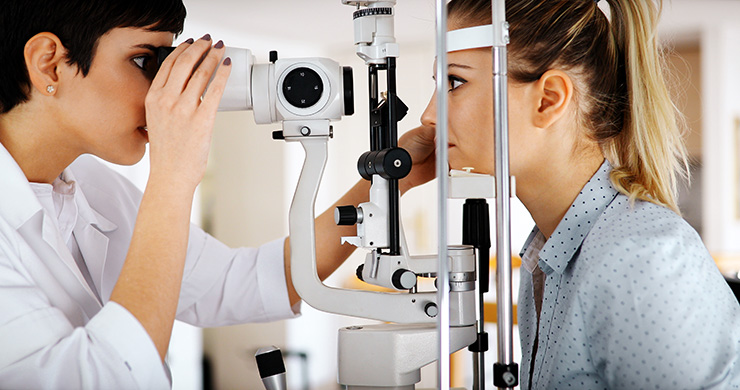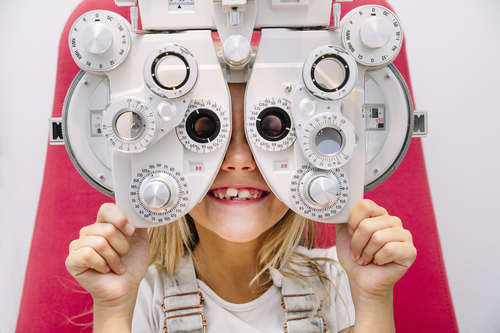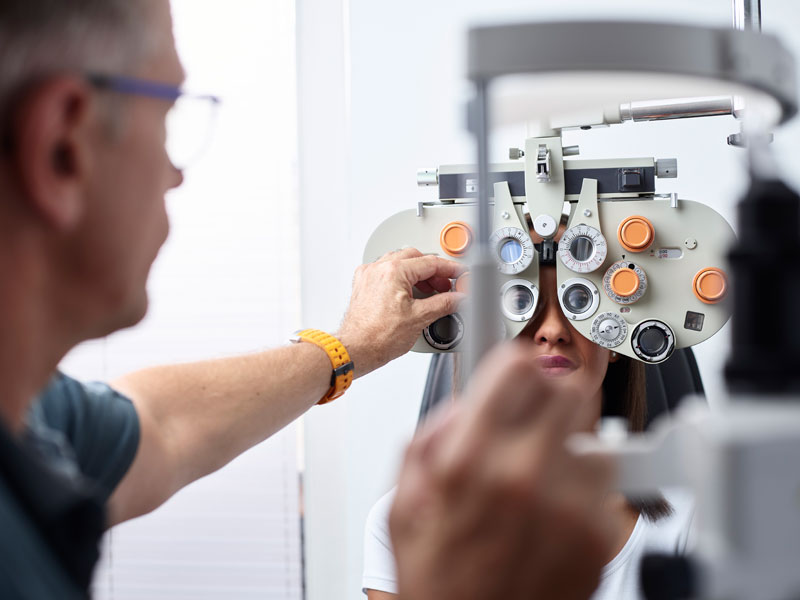Discover the Best Optometrist Chino for Comprehensive Eye Care
Discover the Best Optometrist Chino for Comprehensive Eye Care
Blog Article
Checking Out the Most Current Technological Advancements in Optometry and What They Mean for Optometrists
In the ever-evolving field of optometry, current technological improvements are reshaping exactly how practitioners come close to eye treatment. From the accuracy of Optical Comprehensibility Tomography to the nuanced understandings used by AI-driven diagnostic tools, these advancements are establishing new requirements in patient evaluation and therapy. Teleoptometry is positioned to redefine ease of access, ensuring that proficiency goes beyond geographical limitations. As these developments permeate the method, eye doctors are encountered with the challenge of embracing these tools to enhance client end results. Yet, the inquiry stays: how will these technological changes redefine the roles and duties within the occupation?
Developments in Diagnostic Tools
Advancing the area of optometry, technologies in analysis devices have actually reinvented the method eye treatment specialists evaluate and identify aesthetic disabilities and eye problems. The previous decade has actually witnessed significant technological innovations, enabling even more comprehensive and accurate examinations.
Another trick innovation is the intro of sophisticated corneal topography systems, which map the surface curvature of the cornea with precision. These devices are specifically useful for fitting get in touch with lenses and diagnosing corneal problems. Electronic retinal imaging has changed standard ophthalmoscopy, providing comprehensive, breathtaking views of the retina that help with comprehensive aesthetic examinations.
The advancement of wavefront aberrometry has actually likewise been crucial, enabling the evaluation of refractive errors with unequaled accuracy (Opticore Optometry). This innovation assists in tailoring corrective lenses and improving medical results for refractive surgeries. Jointly, these diagnostic improvements empower eye doctors to provide exceptional individual treatment, making certain early intervention and tailored therapy methods, ultimately enhancing visual health and wellness results
AI in Person Monitoring
Building on the structure of advanced analysis devices, the consolidation of fabricated intelligence (AI) in individual monitoring stands for a transformative jump for optometry. AI systems are increasingly used to boost efficiency, precision, and customization in individual treatment. By assessing vast amounts of information, AI can recognize patterns and predict potential ocular problems, allowing optometrists to tailor interventions better. This capacity is critical in handling chronic eye conditions such as glaucoma and diabetic retinopathy, where very early discovery and continual surveillance are essential.
In addition, AI-driven platforms help with structured person communications and management processes. Automated scheduling, online consultations, and individualized follow-up plans not just boost client complete satisfaction but also maximize time administration for professionals. These systems can triage individuals based on the seriousness of their conditions, guaranteeing that those in vital demand get prompt focus.
In addition, AI improves decision-making by giving eye doctors with evidence-based referrals and therapy paths. By incorporating information from electronic wellness records, AI tools provide understandings that inform medical choices, lowering the danger of errors and improving individual end results. As AI proceeds to advance, its role in client administration will likely increase, improving the landscape of optometric treatment.
Advances in Retinal Imaging
In the world of optometry, retinal imaging has experienced exceptional technological innovations that are enhancing diagnostic capacities and person treatment. Developments such as Optical Coherence Tomography (OCT) and fundus photography have actually transformed just how eye doctors picture and evaluate the retina.
Improved imaging methods like OCT angiography are additional refining analysis precision. Eye Doctor Optometrist. Such advancements promote the identification of min retinal changes that could indicate disease progression.
Furthermore, developments in synthetic knowledge are boosting retinal imaging by enabling automated evaluation of huge datasets. These systems assist optometrists in recognizing patterns indicative of pathology, thus boosting analysis precision and efficiency. Collectively, these advancements are changing retinal imaging into a keystone of modern-day eye treatment, enhancing results and broadening therapeutic possibilities.
Teleoptometry's Growing Duty
Teleoptometry is significantly becoming a vital component of eye care, driven by improvements in electronic communication and analysis devices. As optometry welcomes electronic improvement, teleoptometry promotes remote consultations, allowing optometrists to expand their solutions beyond traditional borders. This is specifically advantageous in country and underserved areas where accessibility to specialized eye care is typically limited. By leveraging high-resolution video conferencing and progressed retinal imaging, optometrists can conduct extensive eye exams from afar, making sure timely diagnosis and therapy.
The assimilation of expert system (AI) further boosts teleoptometry, making it possible for see post the evaluation of visual information and helping in the detection of eye conditions such as glaucoma and diabetic person retinopathy. AI-powered algorithms can quickly translate complex imaging information, providing eye doctors with beneficial insights that strengthen scientific decision-making.
Furthermore, teleoptometry supports connection of care with smooth assimilation with electronic wellness records (EHRs), allowing eye doctors to preserve thorough client histories. When consulting with different professionals., this ensures that individuals obtain tailored and consistent care also.
Regardless of these advantages, difficulties continue to be, including making sure information security and handling patient expectations. Nonetheless, teleoptometry stands for a significant stride in the direction of even more accessible, effective, and patient-centered eye care. As technology progresses, its role is poised to expand even more.

Future Fads in Eye Treatment
A myriad of ingenious fads is established to improve the future of eye care, driven by technical innovations and the evolving needs of clients. One substantial pattern is the combination of expert system (AI) in diagnostics, which assures to enhance the precision and efficiency of eye examinations. AI formulas can examine vast quantities of data from retinal photos, possibly finding problems like diabetic retinopathy and glaucoma earlier than conventional methods.
Moreover, personalized medication is obtaining grip in optometry, with hereditary testing educating personalized therapy plans. This strategy intends to maximize individual end results by customizing interventions to private genetic accounts. Wearable innovation, such as clever get in touch with lenses, is likewise imminent, using real-time tracking of intraocular pressure or glucose degrees, therefore providing constant insights right into systemic and eye health and wellness.
The adoption of increased reality (AR) and digital truth (VR) in training and patient education and learning is another emerging trend. These technologies offer immersive experiences that can boost understanding and skills both for eye doctors and people. As these patterns develop, optometrists must remain abreast of technological advancements to supply advanced treatment, making sure better individual outcomes and contentment in the vibrant landscape of eye care.
Final Thought

Collectively, these diagnostic innovations equip optometrists to deliver superior individual treatment, making sure early treatment and customized therapy strategies, eventually improving aesthetic look at this site wellness results.

As these innovations continue to develop, eye doctors have to adapt and incorporate them into technique, ultimately enhancing process effectiveness and boosting the standard of eye treatment delivered to individuals.
Report this page